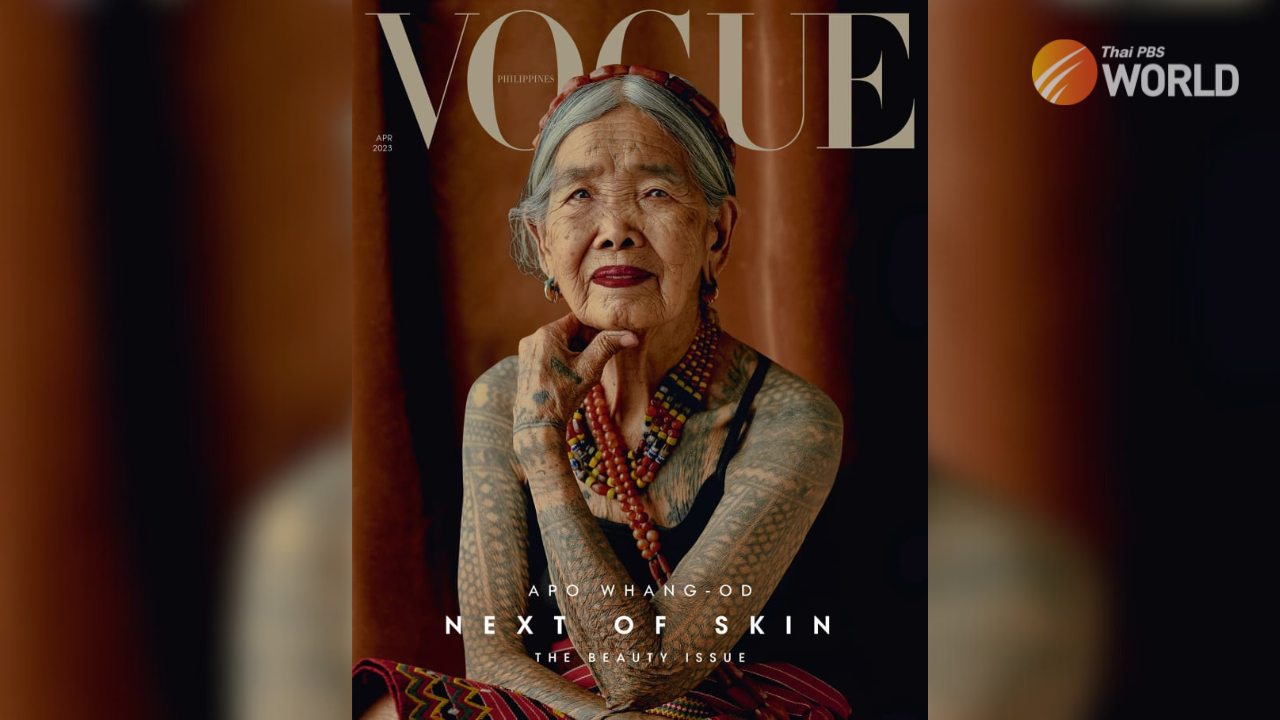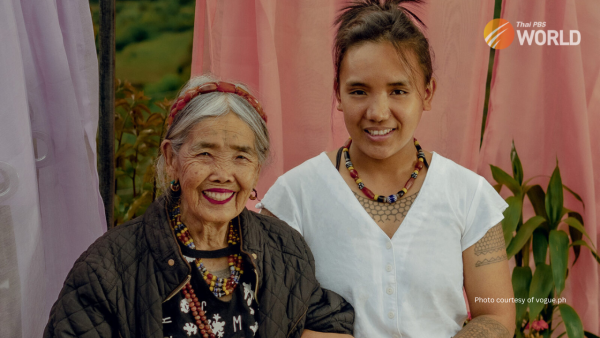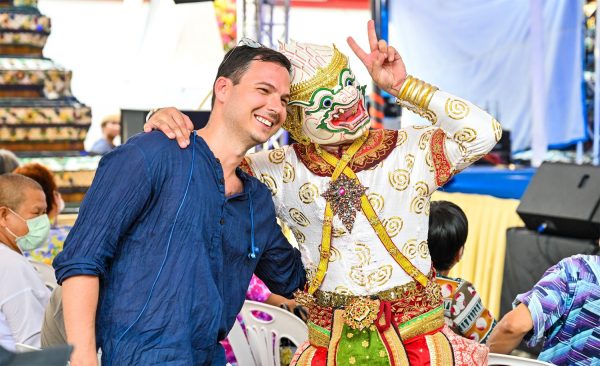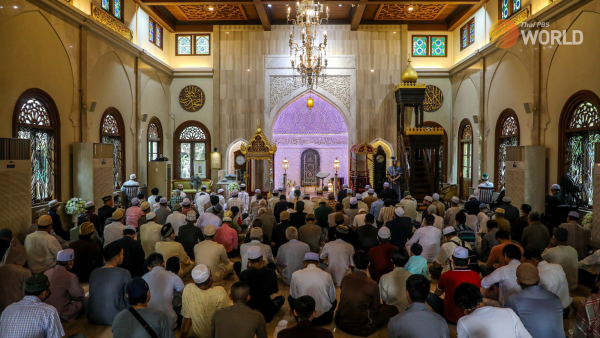Oldest Vogue cover model challenges common misconceptions about beauty and aging

Gracing the cover of Vogue Magazine Philippines’ Beauty Issue is a 106-year-old lady from one of the hill tribes in the Northern Philippines. Creating quite a stir globally, the cover caught the attention of celebrities like Halle Berry and Naomi Campbell, along with journalists, broadcasters, and even politicians. The lady on the cover is Apo Whang-od, a Filipino traditional tattoo artist who, to this day, is still practicing her passion.
Living treasure
Considered by many as one of the Philippines’ living national treasures, Apo Whang-od, or Maria Oggay, is her country’s oldest mambabatok – the local term for the Filipino traditional art of tattooing. Each morning at dawn, Whang-od blends a mixture of ink from pine soot and water in preparation for applying hand-tapped tattoos on the bodies of people from around the world.
Many come to see her, although the journey is no small feat. Visitors make a 15-hour drive north of Manila to the northern mountain village which is only accessible by hiking a mile from the nearest dirt road through forests and rough terrain.
Whang-Od inks multiple tattoos a day using just a few tools—a thorn from a pomelo tree, a foot-long bamboo stick, charcoal, and water. The hand-made ink is tapped deep into the skin using the thorn and bamboo. The results are permanent motifs that range from lines to simple shapes, and from tribal prints to animals. Each has a meaning such as strength, beauty, and fertility.
Breaking barriers
Whang-Od was just 15 when, under the guidance of her father, she started her tattoo apprenticeship. It represented a break in the practice as, at that time, men were the only ones allowed to learn how to tattoo.
As the first and only female mambabatok of her time, Whang-Od would travel to far and neighboring villages, summoned by host communities to imprint the sacred symbols of their ancestors on individuals who had crossed or were about to cross a threshold in their lives.
This traditional art can only be passed on within one’s bloodline. However, Whang-od is not a bit worried that the art will die out. Although she has no children of her own, she has trained her grandnieces to become tattoo masters too.
But apart from her unique life story, what drew attention to the latest Vogue cover was the undeniable beauty of the 106-year-old artist. At a time when most people are in awe of young models and celebrities gracing the covers of beauty magazines, the picture of an elderly woman on the cover of Vogue was greeted with delight.
Upon seeing the cover, Khun Berna, a retired professor from a university in Bangkok, celebrated. “Yay! Let us break the mould that ageing diminishes our humanity, when in fact it magnifies our inner soul. There may always be beauty in youth, but this magazine cover reminds us that beauty is far more than just skin deep,” she said.
Halle Berry, the famous Hollywood actress, also posted her reaction on social media. “Now, THIS is real beauty!” she wrote.

No burden
Thailand is among the fastest ageing countries in the world. Since 2005, the country has been classified as an ‘aged society’ as people aged 60 years and above have accounted for 10% of the population. Here, employees can retire at the age of 60 unless the employer’s Work Rules provide a lower retirement age. According to Thai LPA (Labor Protection Act), retiring at 60 is not mandatory and there is the option for the employee to exercise his/her right to retire. However, the employee shall be entitled to receive severance pay once he/she reaches 60 even if the latter wishes to continue working for his/her employer.
Meanwhile, In Whang-od’s native Philippines, some local legislators are now pushing to lower the retirement age to 55.
Pepe Rivera, president and founder of Senior Power Movement Philippines, feels that the latest Vogue cover not only breaks certain standards of beauty, but also puts paid to common stereotypes associated with late adulthood.
“Stereotypes about people in late adulthood lead many to assume that aging brings poor health and mental decline. These stereotypes are reflected in everyday conversations, in the media, and even in greeting cards. Older adults are stereotyped as high maintenance and low competence across cultures. These mixed stereotypes elicit pity and sympathy, which are exactly what we do not need,” he said.
Rivera founded the Senior Power Movement Philippines just a year ago, advocating for greater opportunities for older adults in the Philippines to continue being productive and useful citizens.
“We should stop seeing old people as a burden. Quite the contrary: we should capitalize on the boon offered by longevity. Governments need to develop policies to help older, but still productive citizens, to find full-time employment or more flexible work arrangements. To maximize the advantages of longevity, we will need to rethink both education and traditional career paths, while ensuring that today’s younger generations live as long and as healthily as possible,” he said.
He further added that Whang-od is a great example of an elderly person who can still bring pride and honor to her country.
Clear message
Indeed, when a foreign TV program held a brief discussion about the latest Vogue cover, the lady host could not help but notice Whang-od’s youthful looks. “What could be her secret?” She asked her co-hosts.
Taking their cue from Whang-od’s story, they all agreed that the secret was ‘to keep working’.
In one of her earlier interviews, Apo Whang-od was asked, “Until when will you practice the art of traditional tattoo?” To which the 106-year-old lady replied, “For as long as my vision allows me!”
By Veena Thoopkrajae with additional report by Oz Hersa






